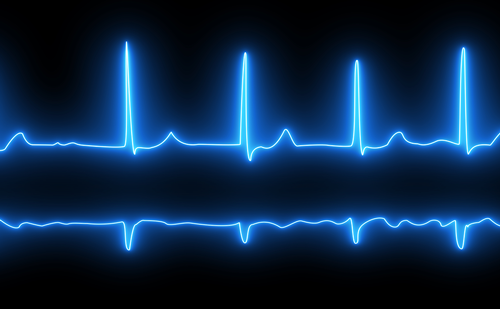Background: Atrial fibrillation (A-Fib) effects over 33.5 million people globally, being one of the most popular causes for hospitalization. Maintaining sinus rhythm and symptom-free patients is the goal post electrophysiology ablation (EP-Ab). Ideally, a preprocedural computed tomography (CT) should be used to assess left atrial (LA) anatomy, pulmonary vein (PV) sizes and to exclude intracardiac thrombus, though patients do not routinely undergo this pathway, which questions its usefulness in practice.
Methods: This retrospective study included 291 patients (mean age 64 ± 9 years, 64% male), who underwent an EP-Ab either via cryoballoon ablation (CRYO) or multipolar phased pulmonary vein ablation catheter (PVAC) for paroxysmal A-Fib from 2019 to 2022. EP-Ab success was defined after 6–12 months free of A-Fib episodes. Data such as radiation dosage, LA anatomy, PV sizes and procedure information were extracted from medical databases.
Results: A preprocedural CT scan had no relationship to EP-Ab success, nor did gender, LA anatomy and procedure duration. Having a preprocedural CT scan increased the overall radiological exposure (p=0.014). Interestingly, out of all the parameters assessed, only left pulmonary vein (LIPV) size had a significant effect on success (p=0.024). Furthermore, both left inferior and left superior PV sizes were linked to a higher probability of an unsuccessful EP-Ab (P=0.037), along with 1 out of 8 operators showing a 12.2% difference in success rate.
Conclusion: A preprocedural CT can have significant benefit in assessing PV sizes and excluding thrombus, though was associated with excess radiation exposure. Our study observed a significant relationship between the LIPV and success, however, further research in this area could aid optimal procedure technique selection and A-Fib recurrence probabilities. ❑
















